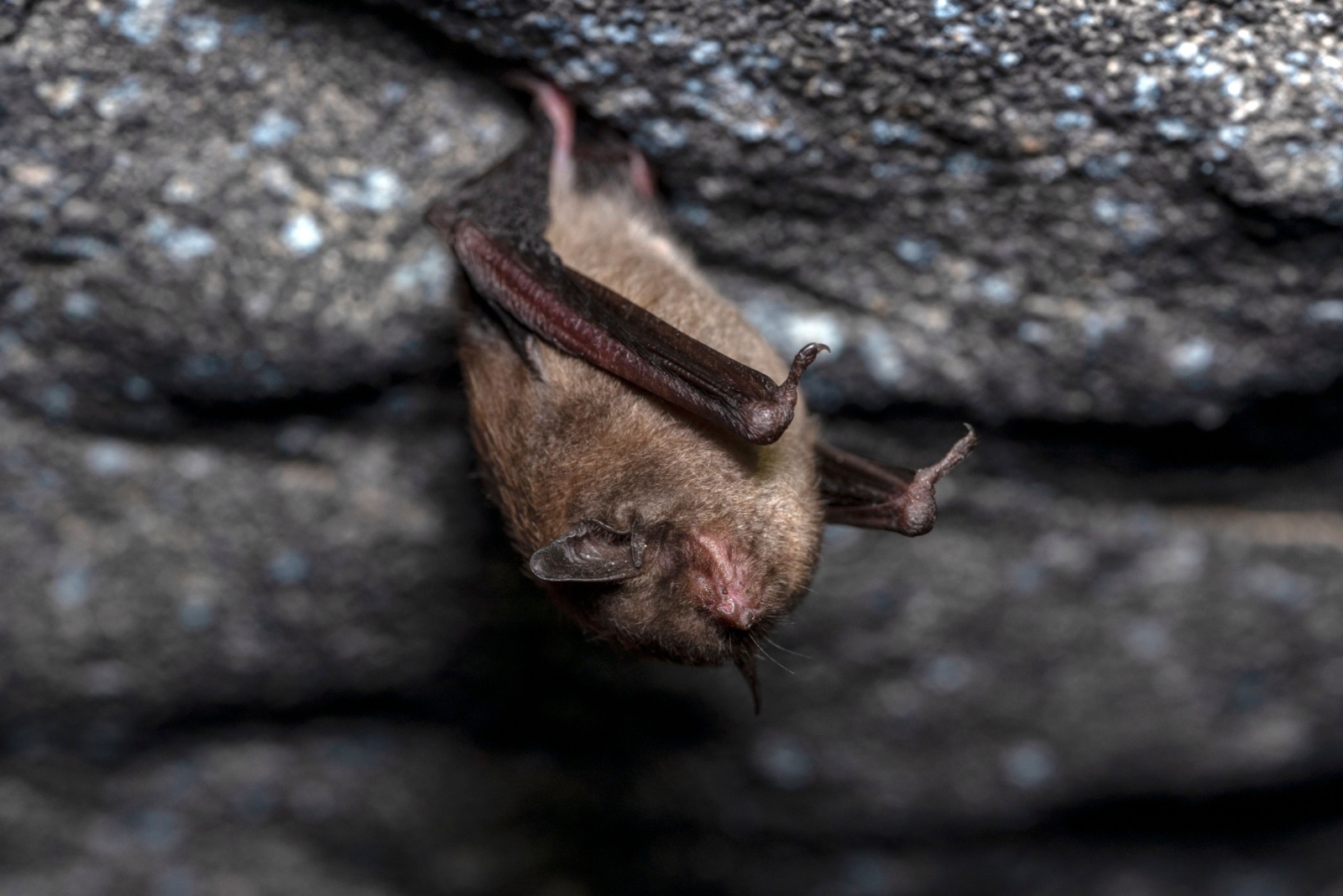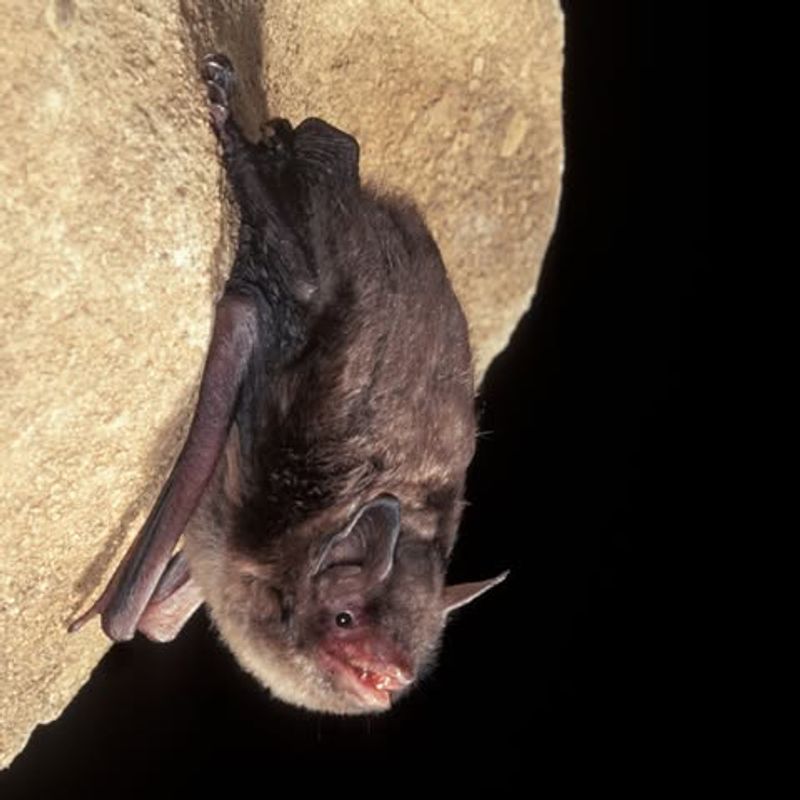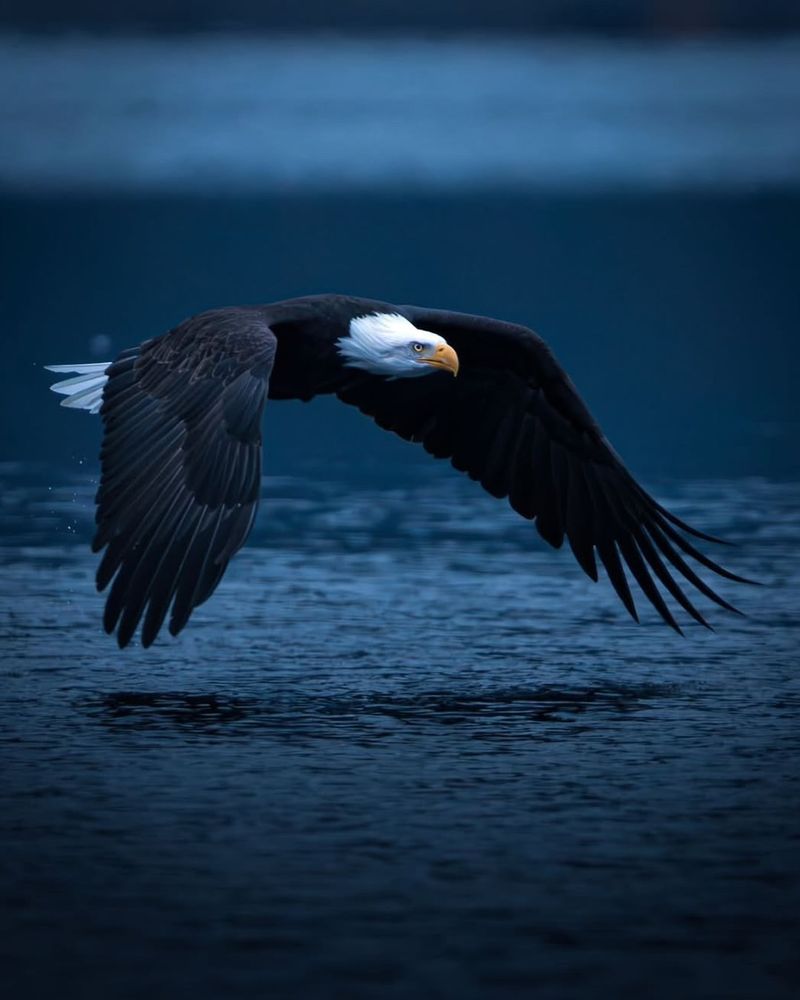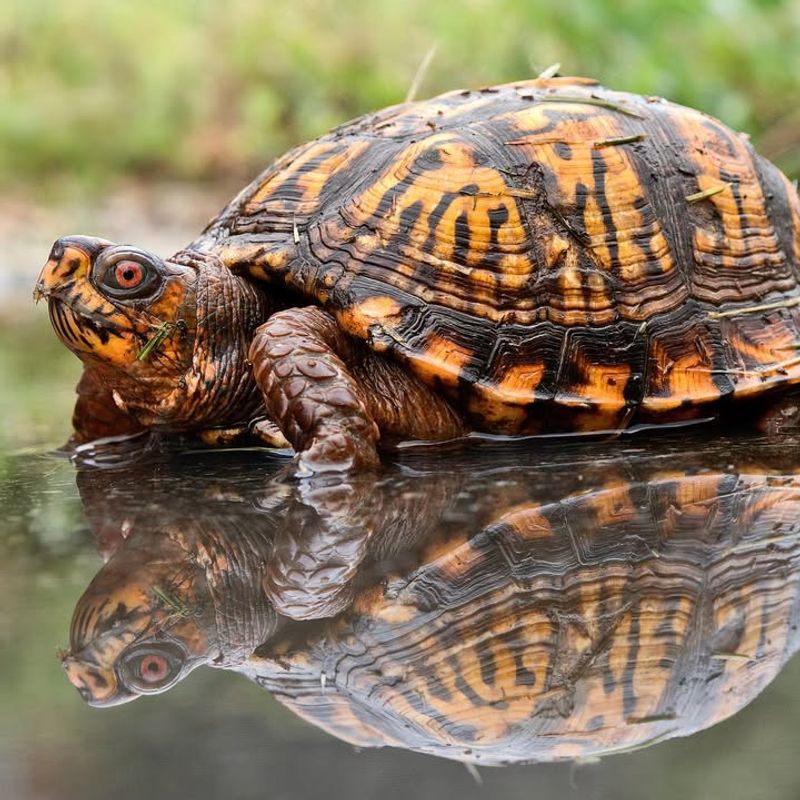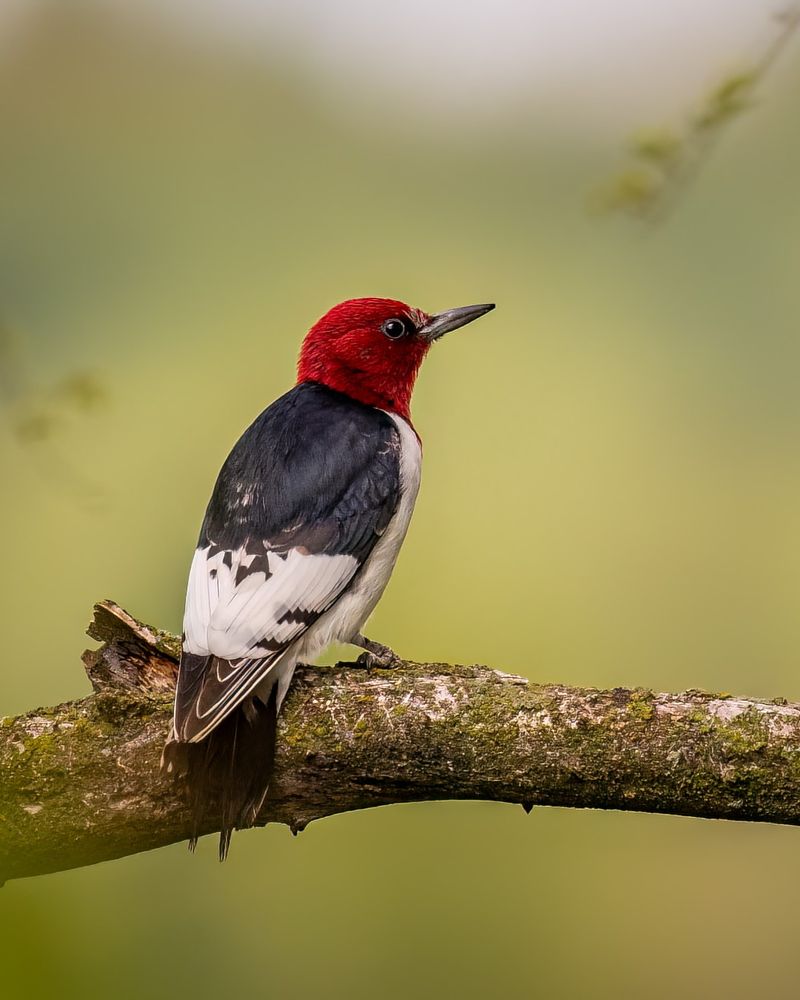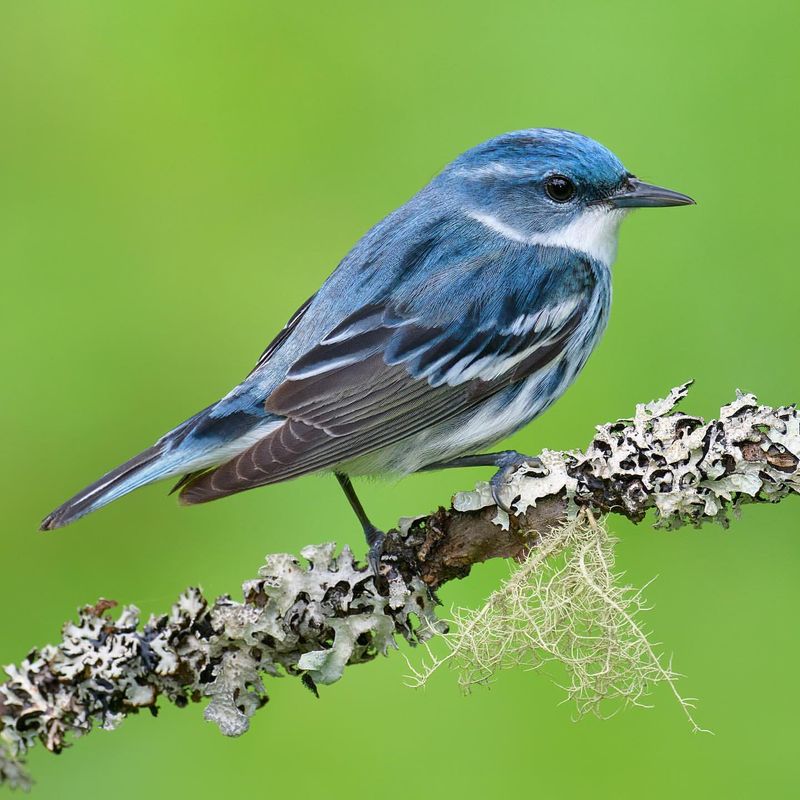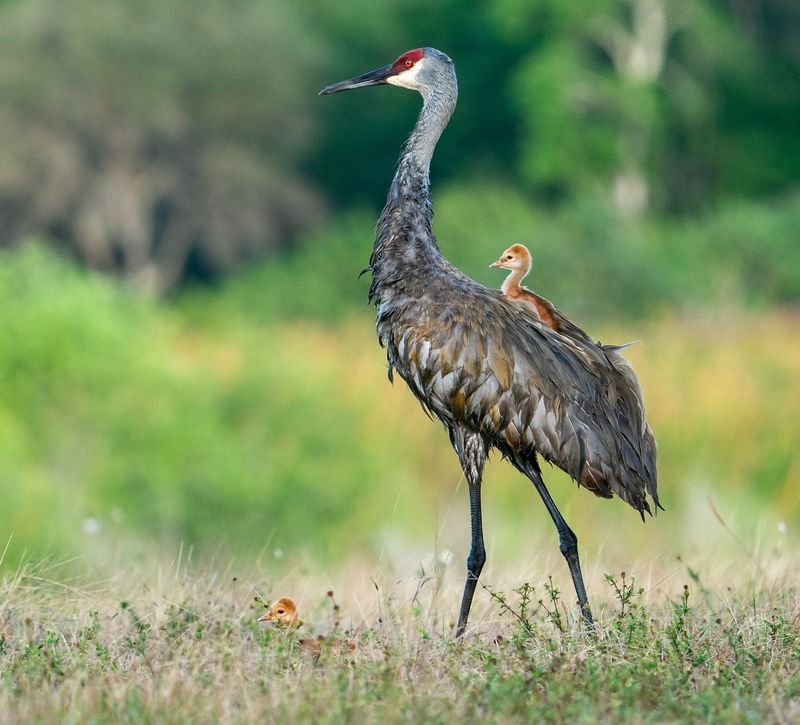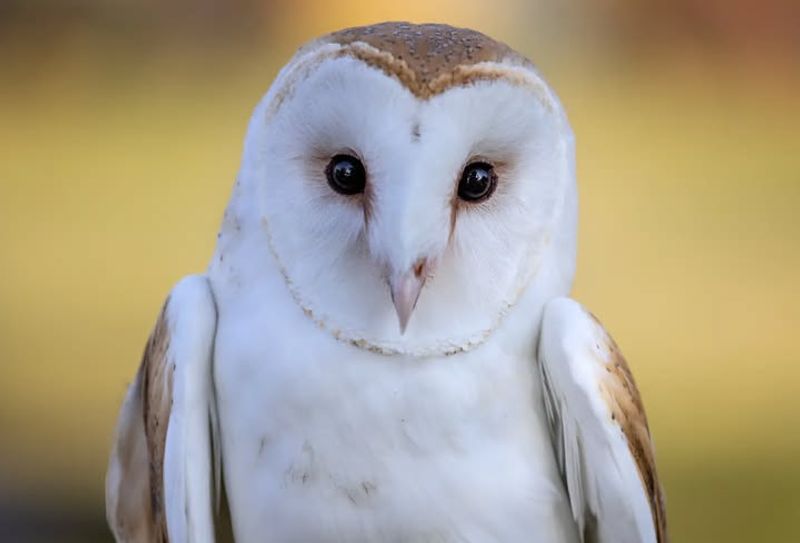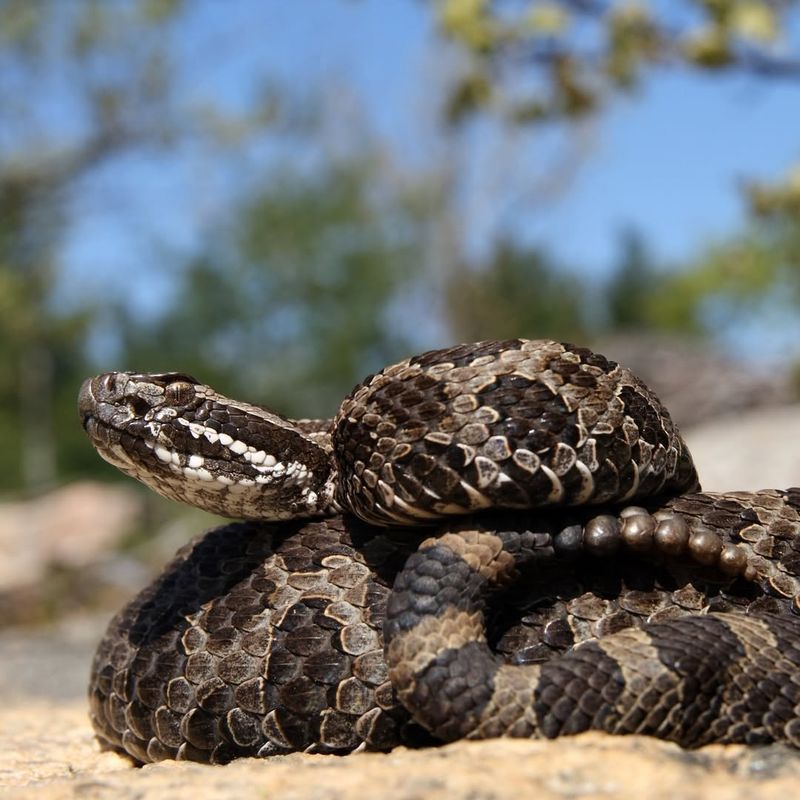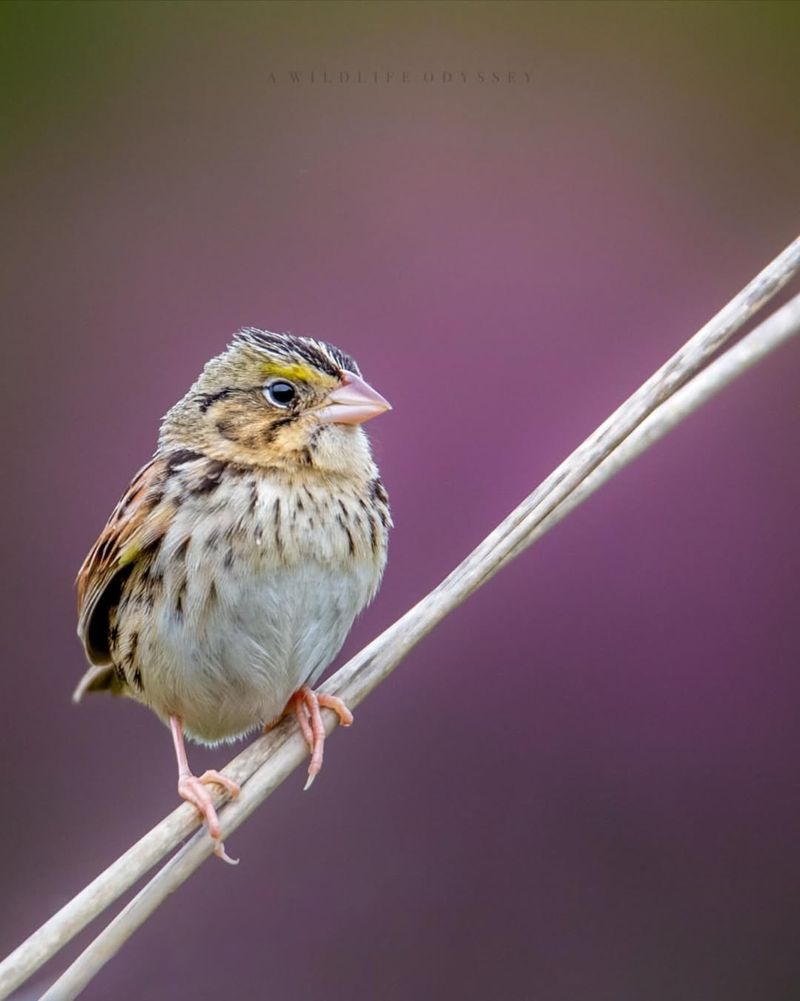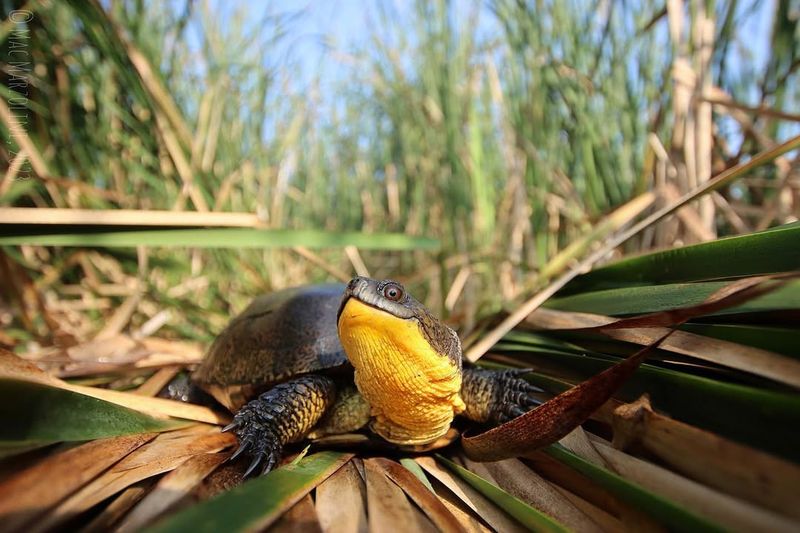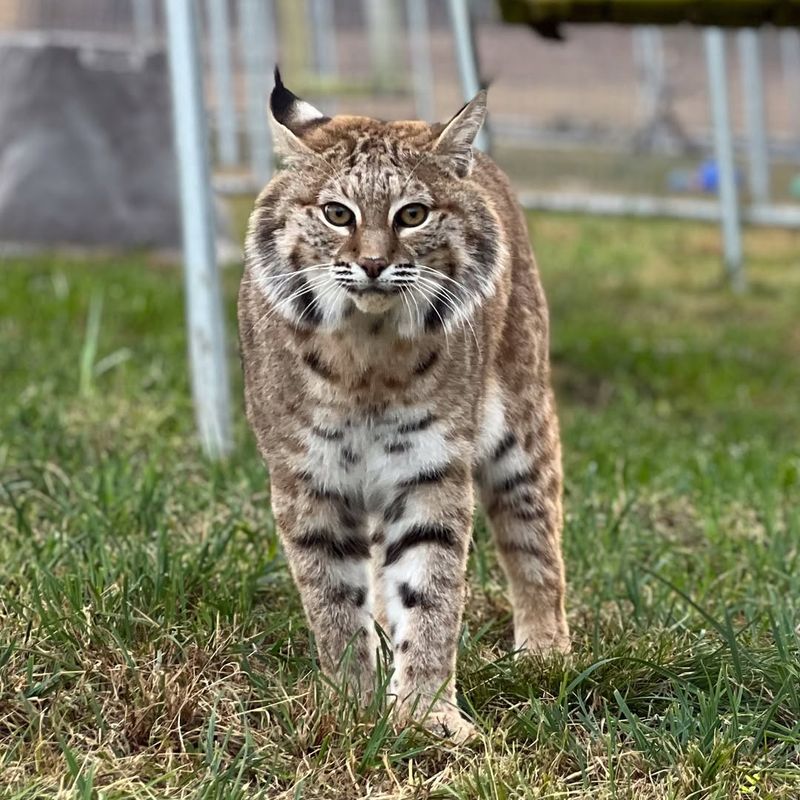Indiana’s neighborhoods and gardens may feel like quiet, private spaces—but some of the wildlife that shows up there is legally protected.
Even if a nest, burrow, or furry visitor feels inconvenient, removing it could lead to fines or legal trouble. Some creatures simply have the law on their side.
1. Indiana Bat
Federally endangered since 1967, this small brown bat faces strict protection under the Endangered Species Act. Finding one roosting in your attic might seem problematic, but removing it yourself could result in hefty fines.
Professional wildlife experts with special permits must handle any relocation. During winter months, these bats hibernate in caves and mines across Indiana.
Summer brings them to wooded areas where females raise their young under loose tree bark or in buildings.
2. Bald Eagle
America’s national symbol enjoys protection under both the Bald and Golden Eagle Protection Act and the Migratory Bird Treaty Act. Spotting one nesting near your property is actually a privilege, not a problem to solve.
Their nests can weigh over a ton and span eight feet wide. Disturbing these magnificent birds or their nests brings serious legal consequences, including prison time.
If an eagle causes genuine safety concerns, contact the Department of Natural Resources immediately.
3. Eastern Box Turtle
Recognizable by its dome-shaped shell with yellow and orange patterns, this turtle holds special protected status in Indiana. Many people find them crossing roads or wandering through gardens during warm months.
Taking one home as a pet violates state law, even with good intentions. Box turtles can live over 100 years in the wild and play important roles in forest ecosystems.
If you encounter one, simply help it cross safely in its original direction of travel.
4. Red-Headed Woodpecker
With its striking crimson head and bold black-and-white body, this woodpecker stands out in any Indiana backyard. Protected under the Migratory Bird Treaty Act, these birds cannot be trapped or harmed, even when drilling holes in your wooden siding.
Their populations have declined significantly over recent decades. Providing dead trees or snags in your yard actually benefits these beautiful birds.
For persistent property damage, install deterrents rather than attempting removal yourself.
5. Cerulean Warbler
Sky-blue plumage makes male cerulean warblers some of Indiana’s most beautiful songbirds during spring and summer months. Protected under federal migratory bird laws, these tiny travelers face significant population declines.
They prefer mature deciduous forests with tall canopies for nesting. Habitat destruction in both their breeding and wintering grounds threatens their survival.
Hearing their buzzy songs high in the treetops indicates healthy forest ecosystems that deserve protection and appreciation rather than disturbance.
6. Sandhill Crane
Standing nearly four feet tall with distinctive red foreheads, these ancient birds have roamed Earth for millions of years. Their loud, rolling calls announce their presence in wetlands and agricultural fields.
Federal protection under the Migratory Bird Treaty Act makes disturbing them illegal. Sandhill cranes mate for life and perform elaborate dancing displays during courtship.
Indiana serves as important migration habitat where thousands stop to rest and refuel during spring and fall journeys between breeding and wintering grounds.
7. Barn Owl
Heart-shaped faces and silent flight make barn owls unmistakable nighttime hunters across Indiana farmland. Protected under state and federal laws, these beneficial predators consume enormous numbers of rodents.
A single barn owl family can eat thousands of mice yearly, providing free pest control. Their eerie screeching calls sometimes startle property owners into wanting removal.
Instead of eviction, consider the service they provide. Installing nest boxes encourages them to stay and continue controlling rodent populations around your property naturally.
8. Massasauga Rattlesnake
Indiana’s smallest rattlesnake faces both state and federal protection as an endangered species. Growing only 18-30 inches long, these shy snakes inhabit wetlands and prairies.
Their gray-brown coloring and small size make them less intimidating than larger rattlesnake cousins. Despite possessing venom, massasaugas rarely bite humans and prefer fleeing when encountered.
Wetland drainage has destroyed much of their habitat. Observing one in the wild represents witnessing a truly rare and legally protected piece of Indiana’s natural heritage.
9. Henslow’s Sparrow
One of North America’s most secretive grassland birds, Henslow’s sparrow requires specific prairie habitats that have largely disappeared. Their weak, insect-like song makes them easy to overlook.
Federal protection prevents disturbance of nesting areas. These sparrows need tall, dense grasslands with accumulated plant litter for successful breeding.
Agricultural intensification and grassland conversion to crops have devastated their populations. Properties with suitable habitat host critically important breeding sites that deserve protection rather than development or disturbance.
10. Blanding’s Turtle
That bright yellow chin and throat make Blanding’s turtles instantly recognizable in Indiana wetlands. State endangered status means taking one home or harming it brings serious legal penalties.
These long-lived reptiles can survive over 75 years in the wild. Females often travel considerable distances from water to find suitable nesting sites.
Road mortality during nesting season threatens local populations. Helping one cross safely supports conservation efforts, but removing it from the wild violates protective laws designed to ensure species survival.
11. Bobcat
Spotting a bobcat’s tufted ears and spotted coat in your Indiana backyard would be extraordinary, as these elusive cats avoid human contact. State regulations protect them from unauthorized trapping or killing.
Bobcats control rodent and rabbit populations naturally. Despite weighing only 15-30 pounds, they’re efficient predators that rarely threaten livestock or pets.
Their presence indicates healthy, functioning ecosystems. Conflicts are extremely rare, but if one occurs, contacting wildlife professionals ensures legal compliance while addressing legitimate safety concerns through proper channels.

